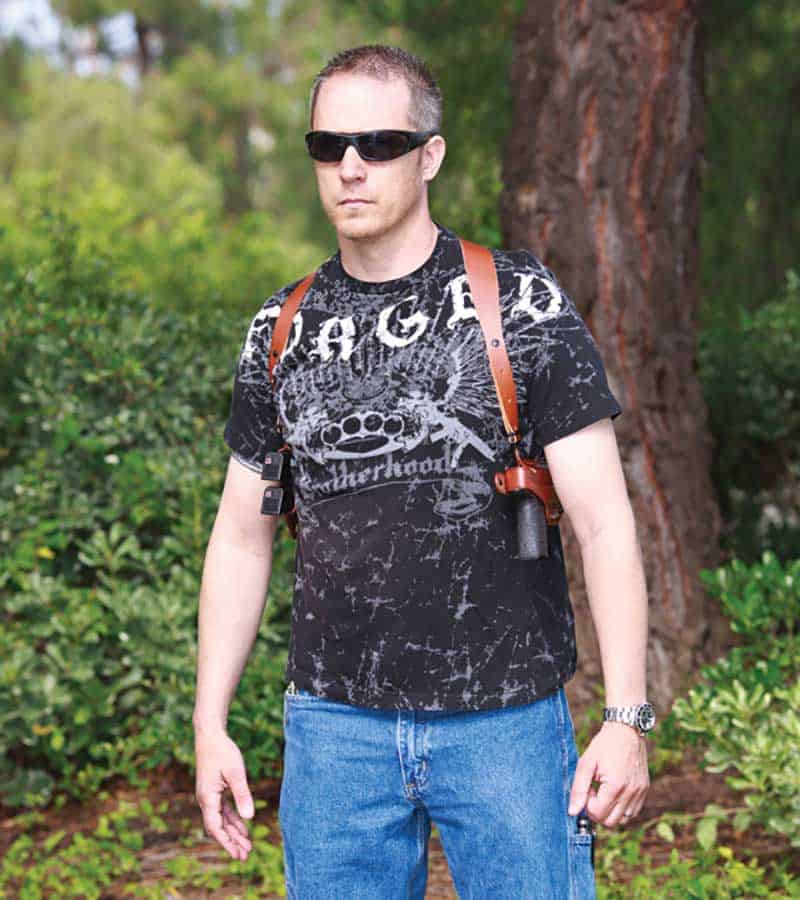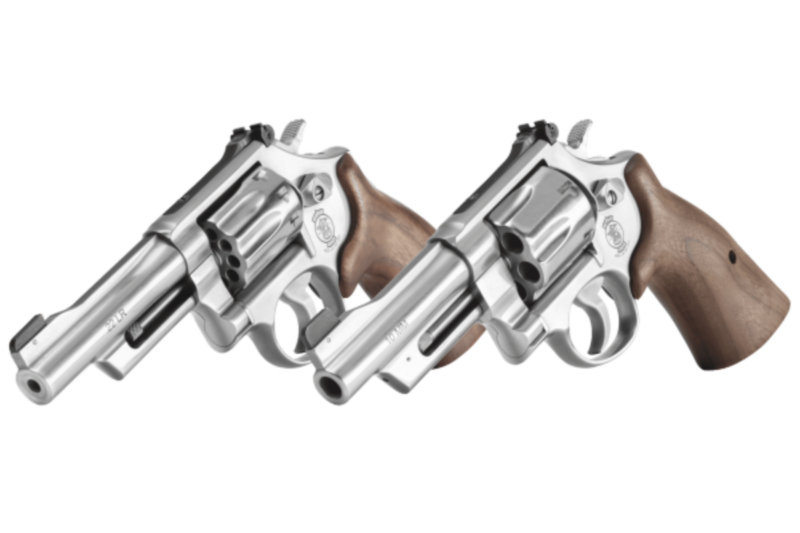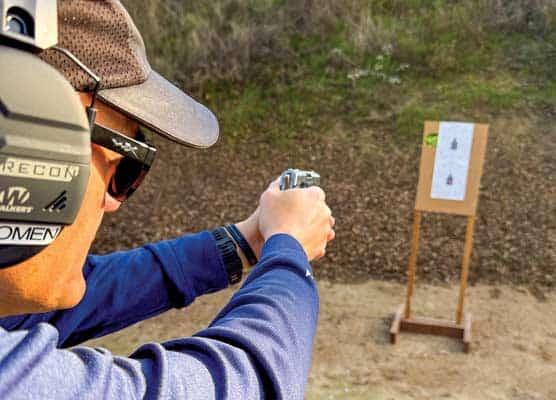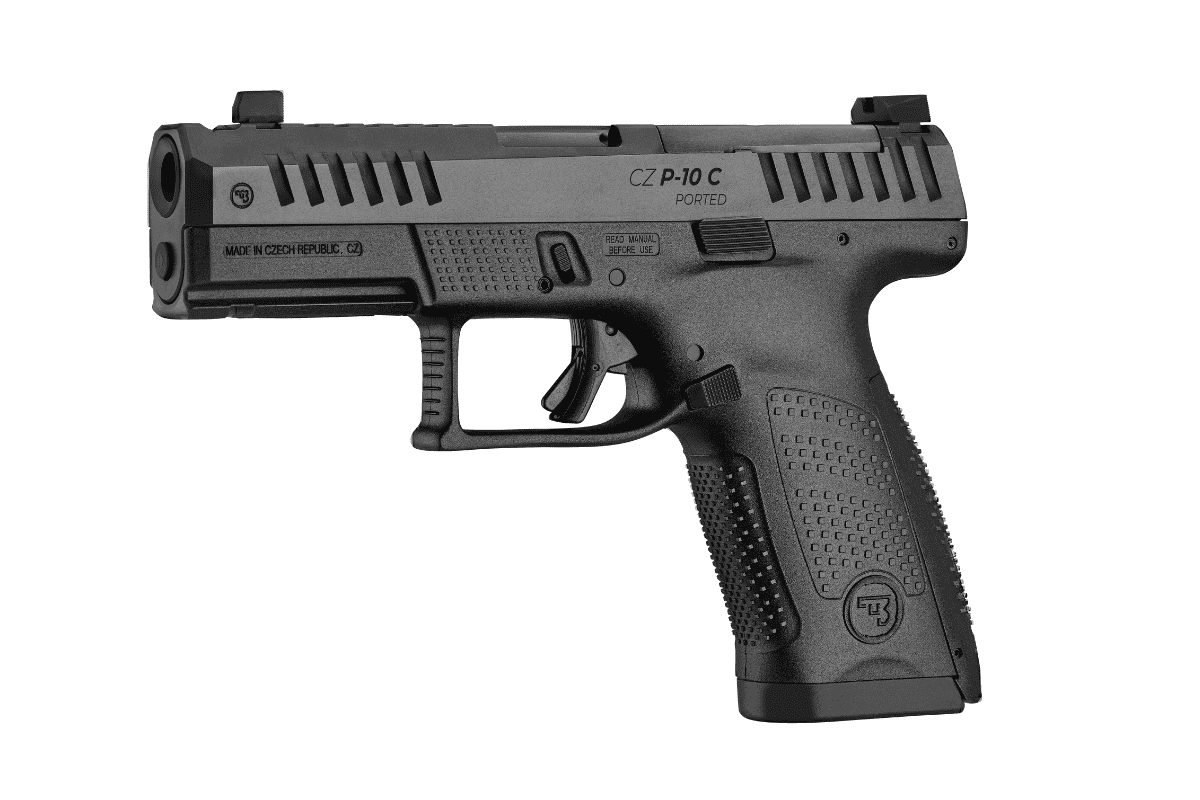Shoulder Stuff
From Dirty Harry to just about every cop show since Dragnet, the shoulder holster has been an iconic presence. As a kid, I would occasionally catch a glimpse of a real shoulder rig worn by one of the truck drivers who worked for my dad. I don’t think the Teamsters union approved, but those guys had to make deliveries in some pretty rough neighborhoods.
I was so fascinated by the shoulder holsters; my brother and I would use old belts and leather strips to make shoulder holsters for our cap guns. It’s amazing the things you can do with bunch of old nuts, bolts and a pop-rivet gun. I think we created the first-ever two-cap-gun shoulder rigs. It’s too bad we didn’t have a better marketing team, we coulda’ been famous.
Fast-forward a few years to my days in the USMC. I found myself using a shoulder holster to hide my M9 or unauthorized Glock under my flak jacket, and sometimes under my cammies — my CO never had a clue.
My initial exposure to seeing a detective attempt to shoot from a shoulder rig happened during my first week on the police department range staff. The first day of the shoot, the senior range master told me to always wear my vest and also said I was going to see things that would make me want to quit. “Wait until you see how some of these guys handle weapons and shoot,” he said.
Before the first shot was even fired, a senior detective with a cheap shoulder holster had violated every one of the range safety rules at least two or three times — just during the serial number verification.
The Setup
I don’t have the space to cover drawing and re-holstering; hence we’ll focus on a few critical bits about simply wearing the rig, so hopefully you can avoid becoming a statistic some day.
Mike Barham at Galco was kind enough to send me two of the most classic, horizontal shoulder holsters ever made: the rig that started it all, The Jackass Rig and the Miami Classic 2. These two shoulder holsters, and all of the holsters made at Galco, are factory custom gear. Yes, they are made in a factory, but at the hands of some of the industry’s best craftsmen. I would put their work up against any of the other top custom shops.
The critical setup adjustments may take some time, and make sure you use the directions supplied. If you don’t do it right, you’ll think it’s the holster’s fault, when it’s not — it’s you. Having a person there to lend a hand makes setting up correctly much easier.
People on TV walking around with the shoulder rig exposed — or any other holster for that matter — may look cool, but in the real world it’s a recipe for disaster. Keep it under wraps, and make sure the holster you choose is suitable for the environment. Avoid the shoot-me-first “photographer vests,” and have someone check you out to spot if you’re printing or exposing the holster or gun once you have things sorted out.
Snap It In
Horizontal or upside-down shoulder rigs require you snap the gun in. I was facing a wall of mailboxes at the PD when the detective next to me dropped her mail. As she bent over to pick it up — THUMP! — Her SIG slipped out of her shoulder rig and hit the deck. Me being me, I looked at her and said, “Pardon me, you dropped something … might want to use that snappy-thingy next time.”
Make sure your retention system is in working order and check it every day you carry. If something isn’t working properly, don’t simply ignore it. Fix it or buy a new one!
If you are serious about wanting to use a shoulder holster, find some training on how to use one. Drawing, re-holstering and reloading are the most critical components, and if done wrong, you can be one huge, walking liability, instead of a well-prepared sheepdog.
Subscribe To American Handgunner

Get More Carry Options content!
Sign up for the newsletter here:







